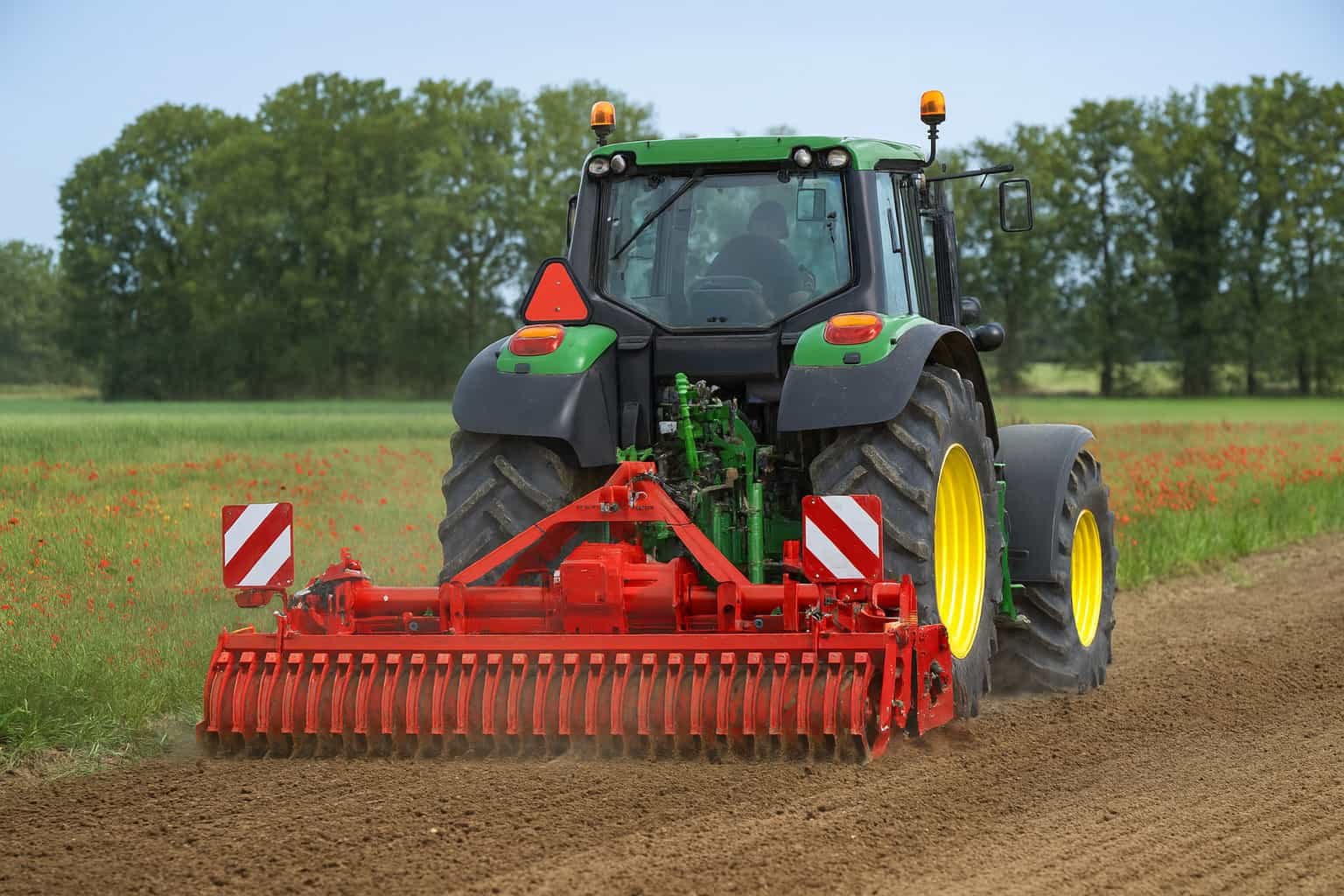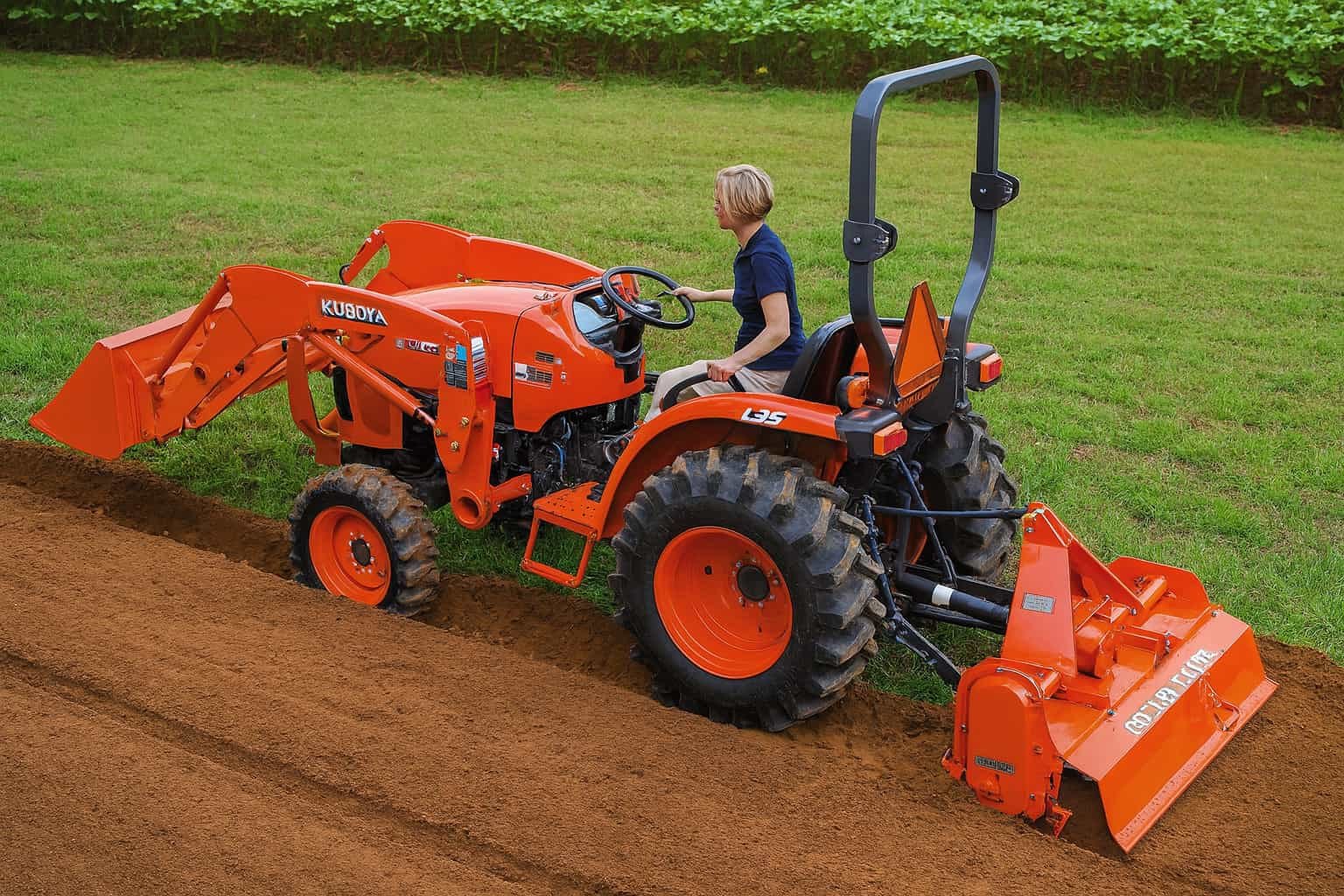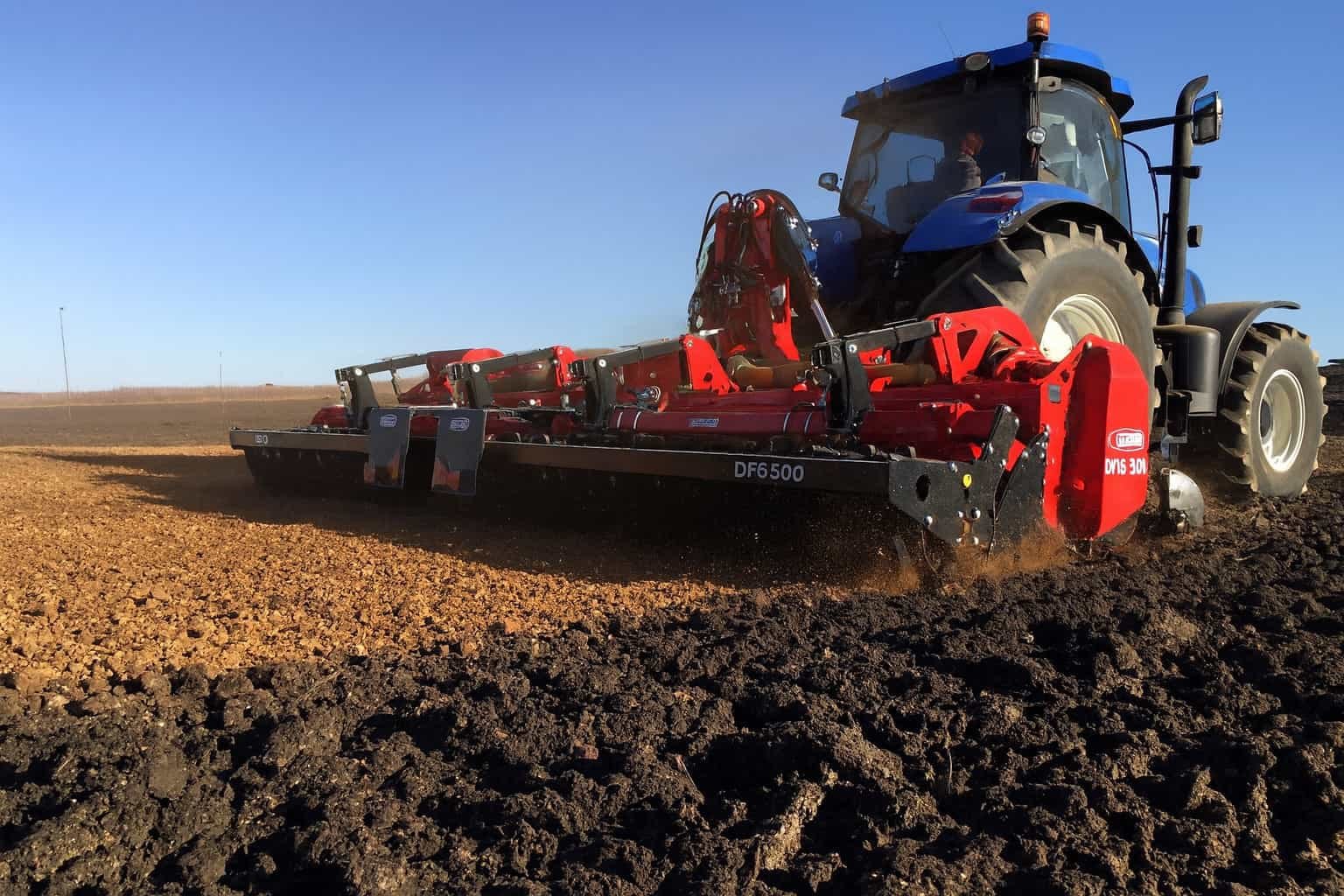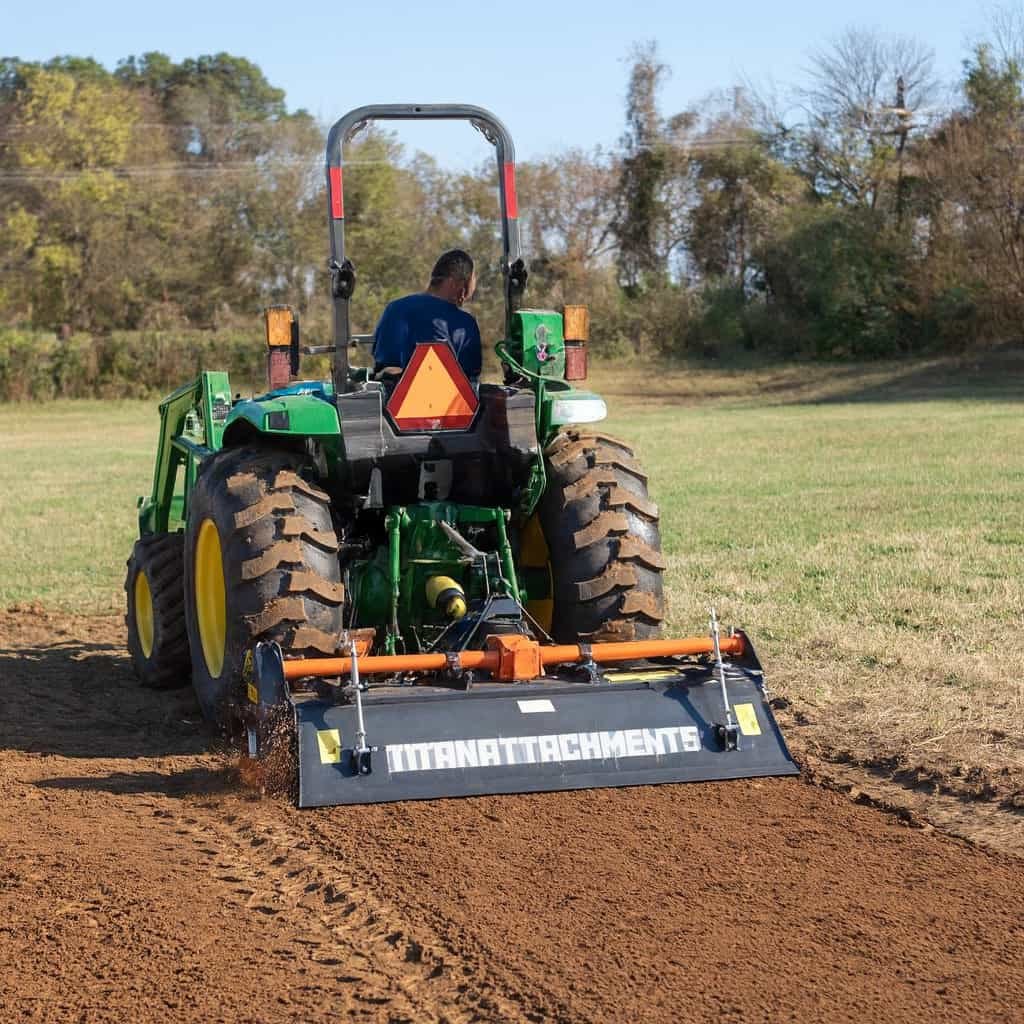What is a Rotary Tiller?
A rotary tiller, also known as a rototiller or cultivator, is a mechanized agricultural tool used for soil preparation. It features rotating blades or tines that break up and aerate the soil, making it suitable for planting.

Key Features of a Rotary Tiller:
- Rotating Blades: The primary mechanism involves a series of blades that churn the soil.
- Engine-Powered: Typically powered by a gasoline or diesel engine, providing sufficient force to till various soil types.
- Adjustable Depth: Allows for customization of tilling depth to match specific agricultural needs.
Benefits:
- Soil Aeration: Enhances soil structure by breaking up compacted soil.
- Weed Control: Helps in mixing weed roots and organic material into the soil.
- Efficient Preparation: Speeds up the process of preparing land for planting compared to manual methods.
Rotary tillers are essential for modern farming, making soil preparation more efficient and effective.
What is the use of a rotary tiller?
A rotary tiller, also known as a rototiller or rotary hoe, is primarily used for soil preparation. It breaks up and aerates the soil, making it easier to plant crops and helping to incorporate organic matter.

Key Functions of a Rotary Tiller:
- Soil Preparation: Breaks down compacted soil, improving aeration and soil structure.
- Weed Control: Disrupts weed growth by chopping and burying weed seeds.
- Mixing Soil Amendments: Incorporates compost, fertilizers, and other soil amendments evenly.
- Levelling: Helps in creating a smooth, level seedbed for planting.
How It Works:
- Rotating Blades: The tiller has rotating blades that dig into the soil.
- Soil Aeration: The blades churn the soil, enhancing air and water penetration.
- Organic Matter Integration: It mixes organic matter into the soil, improving fertility.
In summary, a rotary tiller is an essential tool for efficient soil management, aiding in better crop yields and healthier soil.
What is the Difference Between a Tractor and a Tiller?
A tractor is a versatile, powerful vehicle designed for heavy-duty tasks like plowing, hauling, and tilling large fields. In contrast, a tiller is a smaller, more specialized machine used primarily for breaking up and aerating soil in gardens and smaller plots of land.

Key Differences:
- Size and Power:
- Tractor: Larger, more powerful, capable of handling extensive agricultural activities.
- Tiller: Smaller, less powerful, ideal for gardening and small-scale farming.
- Functionality:
- Tractor: Multi-functional, can be equipped with various attachments for plowing, tilling, seeding, and more.
- Tiller: Specializes in soil preparation, breaking up hard ground and mixing in compost or fertilizers.
- Operational Scope:
- Tractor: Suitable for large farms and commercial agriculture.
- Tiller: Best for home gardens and small plots.
- Cost:
- Tractor: Generally more expensive due to its size and versatility.
- Tiller: More affordable, designed for smaller tasks.
Understanding these differences helps in selecting the right equipment based on the scale and nature of your agricultural needs.
Will a tiller work on hard soil?
Yes, a tiller can work on hard soil, but it may require multiple passes and a robust, powerful model to effectively break up the compacted ground.

Key Considerations:
- Tiller Type: Choose a rear-tine tiller for better performance on hard soil as it has more power and weight.
- Soil Preparation: Water the soil a day before tilling to soften it, making the process easier.
- Multiple Passes: Start with shallow passes and gradually increase the depth to avoid overloading the tiller.
- Maintenance: Regularly check and maintain the tiller’s blades and engine to ensure optimal performance.
Steps to Till Hard Soil:
- Moisturize Soil: Water the area to soften the soil.
- Initial Pass: Set the tiller to a shallow depth and make the first pass.
- Incremental Depth: Gradually increase the tilling depth with each subsequent pass.
- Final Pass: Ensure the soil is tilled to the desired depth and consistency.
By following these steps, a tiller can effectively work on hard soil, preparing it for planting or landscaping.
Is a Rotary Tiller Better Forward or Reverse?
A rotary tiller generally works better in reverse for breaking new ground, while forward tilling is more suitable for already cultivated soil. This is due to how the tines engage with the soil in each direction.
Key Points:
- Reverse Tilling:
- Deeper Penetration: Tines dig deeper, making it effective for hard, uncultivated soil.
- Soil Pulverization: Breaks down soil clumps more thoroughly.
- Forward Tilling:
- Surface Preparation: Ideal for mixing and aerating soil that has already been tilled.
- Weed Control: Helps to manage weeds by cutting them up and mixing them into the soil.
Choosing between forward and reverse tilling depends on the specific needs of the soil and the task at hand.
How does a rotary tiller work?
A rotary tiller works by using rotating blades to break up and aerate the soil, making it easier to plant seeds and enhance soil health. This tool is commonly used in gardening and farming to prepare the ground for planting.

Key Components and Operation:
- Engine: Powers the tiller, driving the blades.
- Rotating Blades: Cut through soil and organic matter.
- Tine Shaft: Connects blades to the engine, ensuring rotation.
- Depth Adjuster: Controls how deep the blades penetrate the soil.
Process:
- Start Engine: The engine powers the rotating blades.
- Adjust Depth: Set the desired depth for tilling.
- Tilling: Push or pull the tiller across the soil. The blades rotate and break up the soil.
- Finishing: The soil is left loose and aerated, ready for planting.
Rotary tillers simplify soil preparation, improving efficiency and soil quality for planting.

